Suzuki Cello School, Volume 4
Cello Part
-
Ships in 24 hours
Details
Description
SKU: AP.0266S
Volume 4. Cello Part. Edited by Judi Gowe. This edition: International. MakeMusic Cloud; Method/Instruction; String - Cello (Suzuki); Suzuki. Suzuki Method. Instructional and Method. Instructional book. 16 pages. Alfred Music #00-0266S. Published by Alfred Music (AP.0266S).ISBN 9780757924781. UPC: 654979067825. 9x12 inches. English.
Suzuki Cello School Materials include: Cello Parts (Vol. 1-10) * Piano Accompaniments (Vol. 1-8) * Cassettes (Vol. 1-3, 7, & 8 performed by Tsuyoshi Tsutsumi, Vol. 4-6 performed by Ron Leonard) * Compact Discs (Vol. 1-3, 7, & 8 performed by Tsuyoshi Tsutsumi, Vol. 4-6 performed by Ron Leonard). Suzuki Method Core Materials available for piano, violin, viola, cello, string bass, flute, harp, guitar, and recorder.
About Suzuki Method
The Suzuki Method is based on the principle that all children possess ability and that this ability can be developed and enhanced through a nurturing environment. All children learn to speak their own language with relative ease and if the same natural learning process is applied in teaching other skills, these can be acquired as successfully. Suzuki referred to the process as the Mother Tongue Method and to the whole system of pedagogy as Talent Education. The important elements of the Suzuki approach to instrumental teaching include the following:an early start (aged 3-4 is normal in most countries); the importance of listening to music; learning to play before learning to read; -the involvement of the parent; a nurturing and positive learning environment; a high standard of teaching by trained teachers; the importance of producing a good sound in a balanced and natural way; core repertoire, used by Suzuki students across the world; social interaction with other children. Suzuki students from all over the world can communicate through the language of music.
Song List (5)
- Adagio and Allegro from the Sonata in E minor, Op. 1, No. 2 (B. Marcello)
- Chanson Triste, Op. 40, No. 2 for Piano (P. I. Tchaikovsky).
- Minuets from the Suite in G Major, BWV 1007 (J.S. Bach)
- Tonalization
- Sonata in C Major, Op. 40, No. 1 (Allegro, Rondo grazioso) (J.B. Breval)
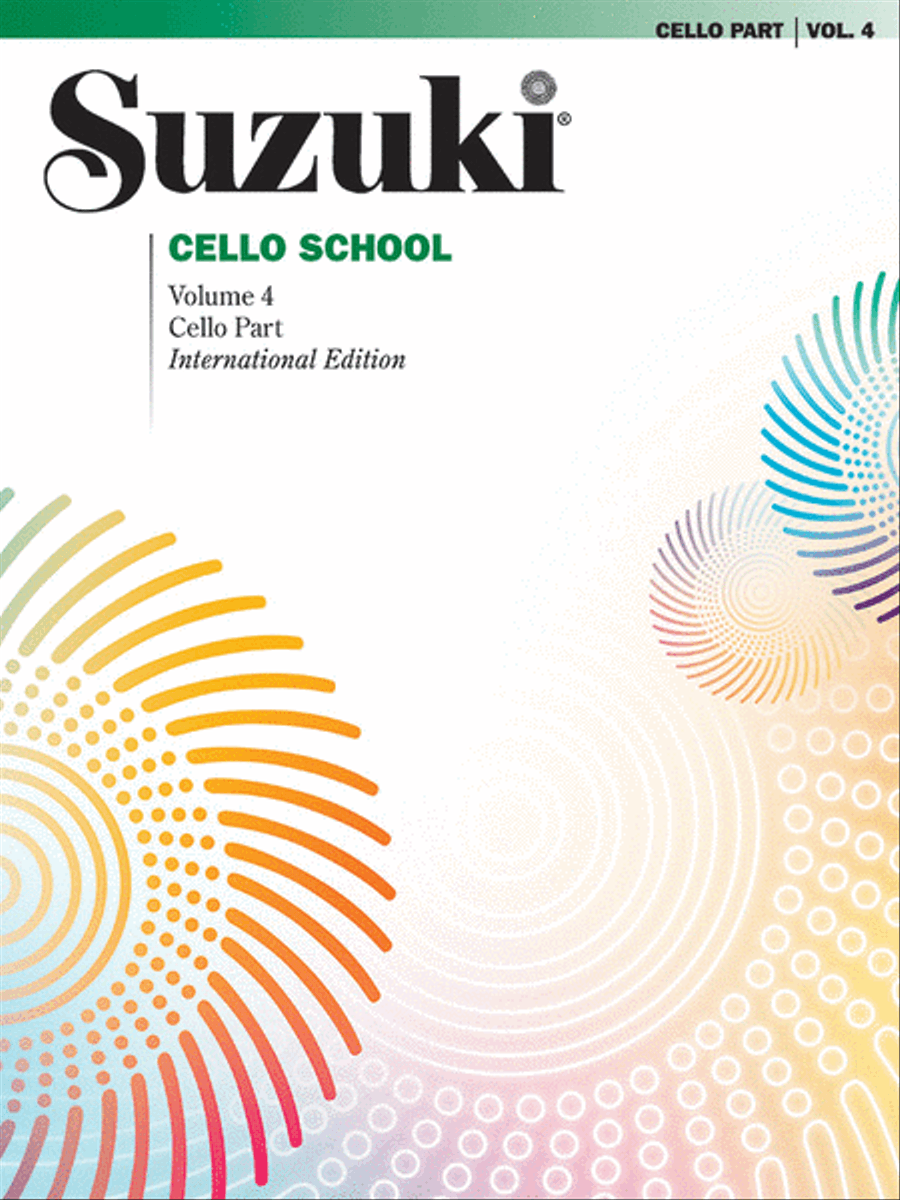
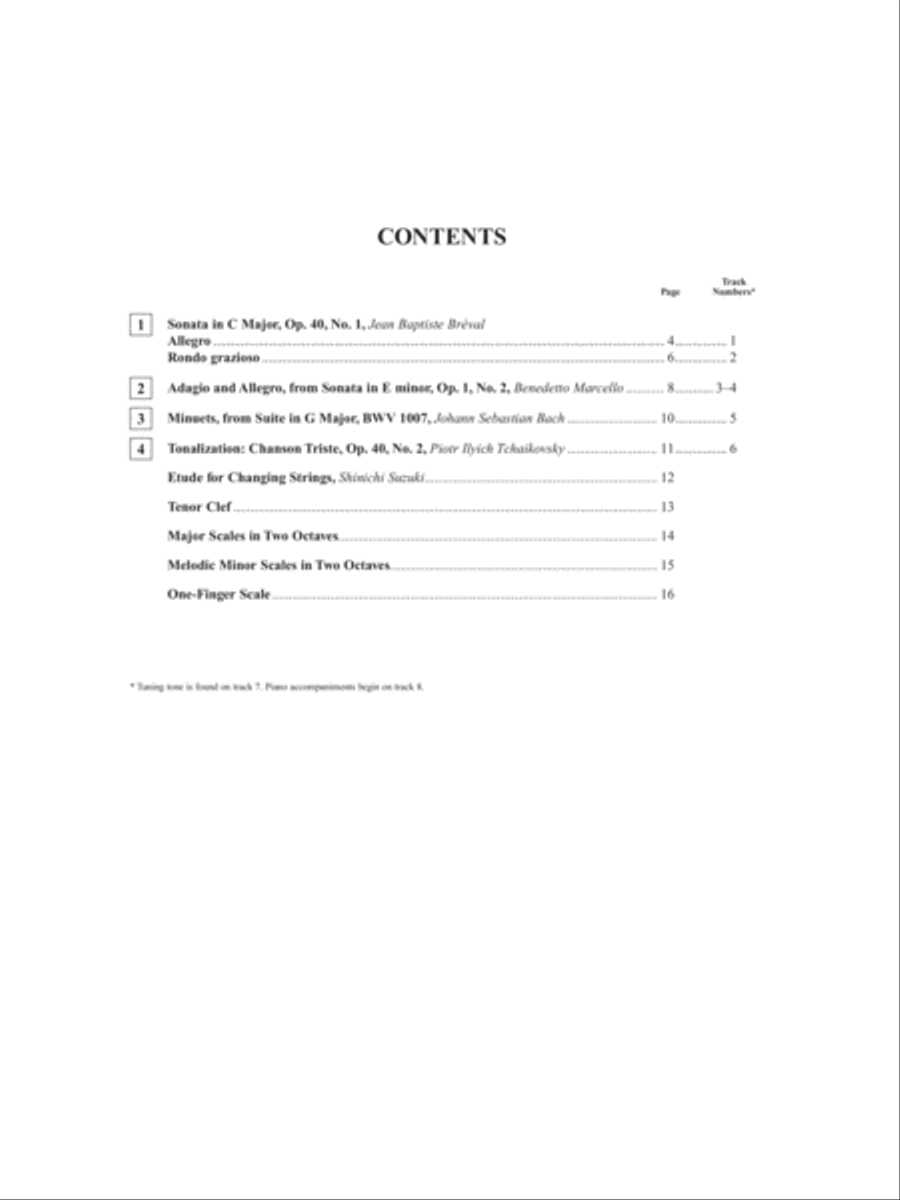
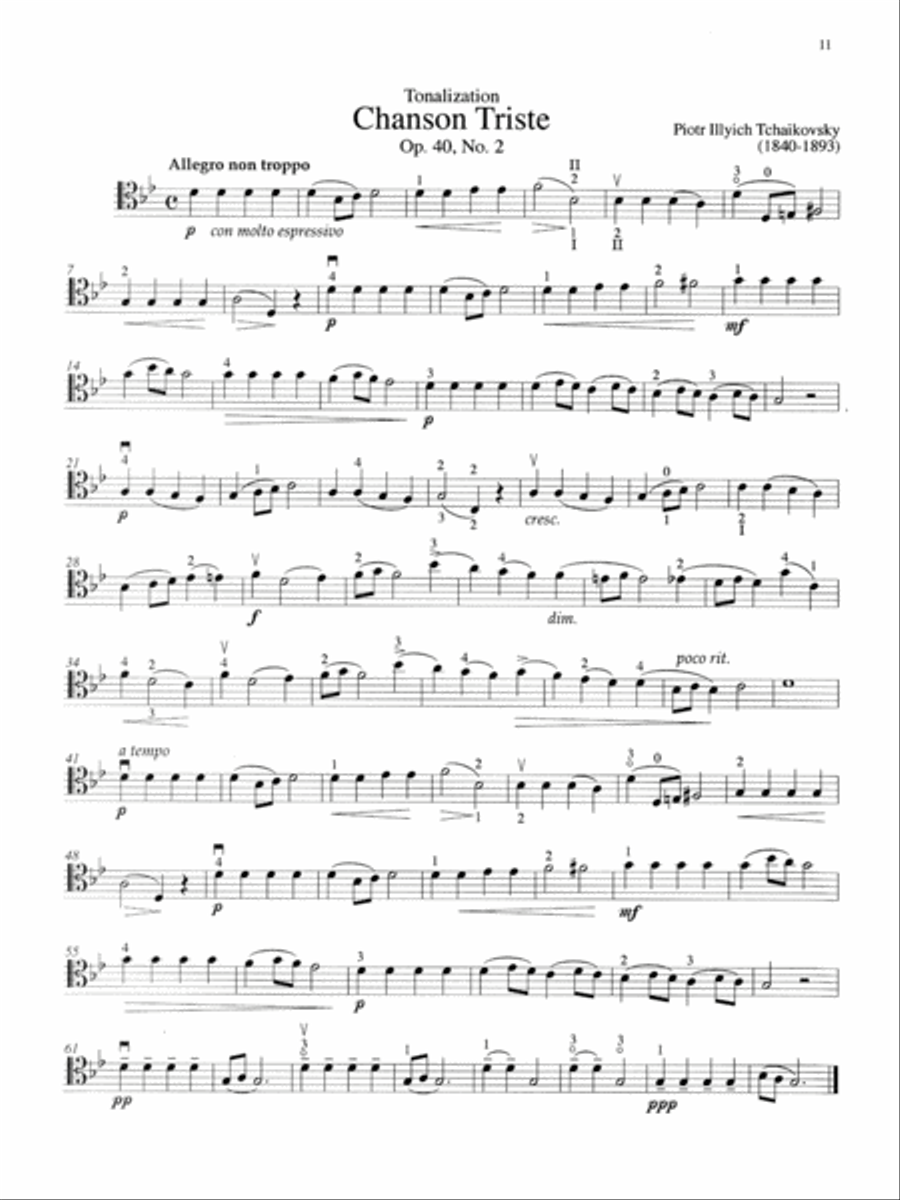
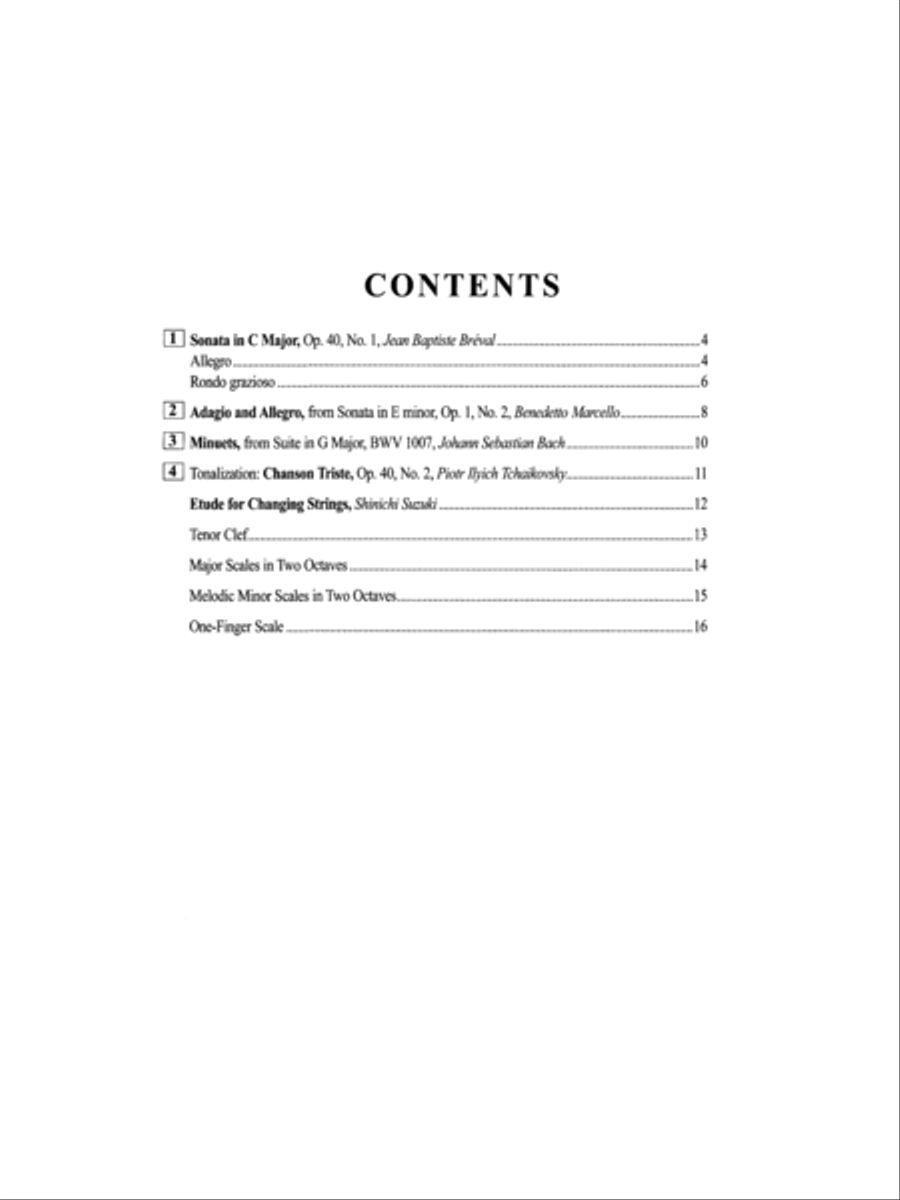
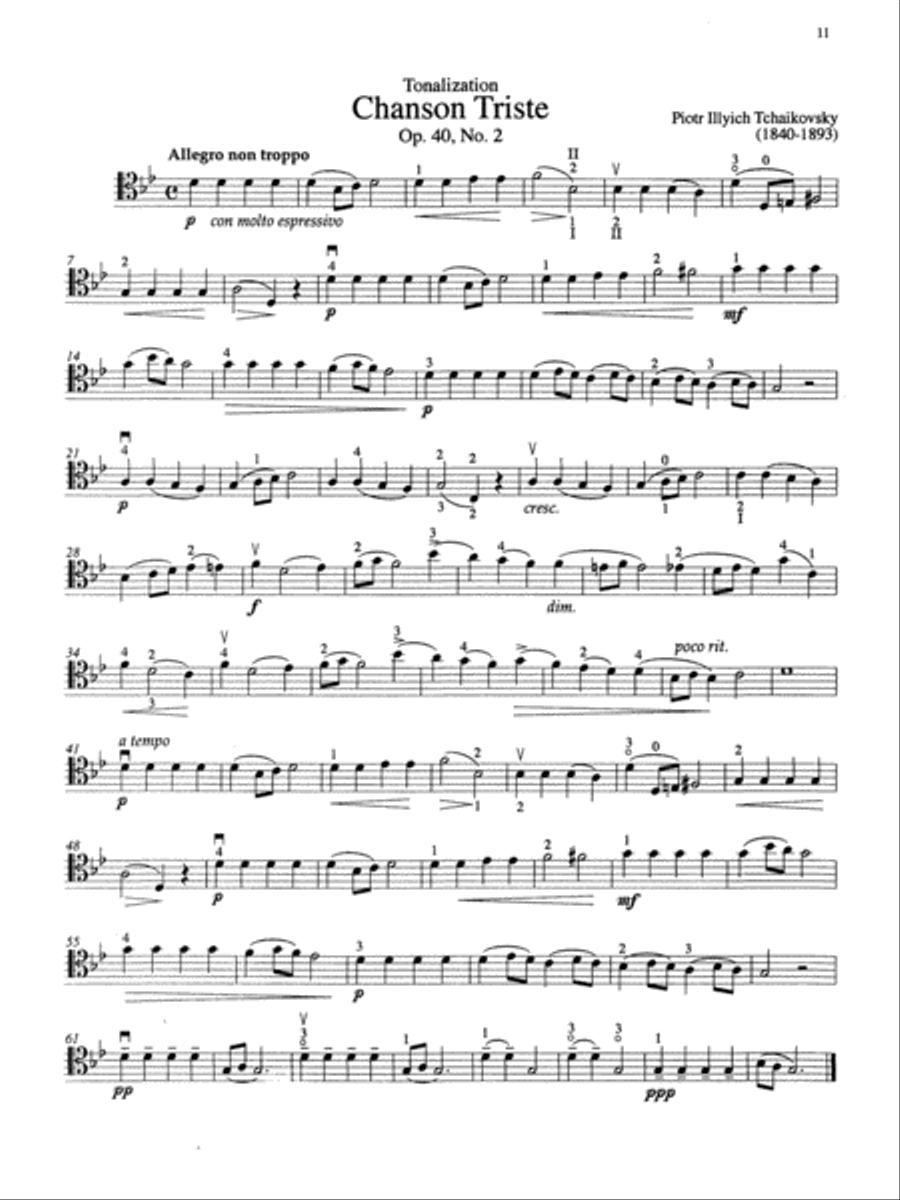
 Share
Share